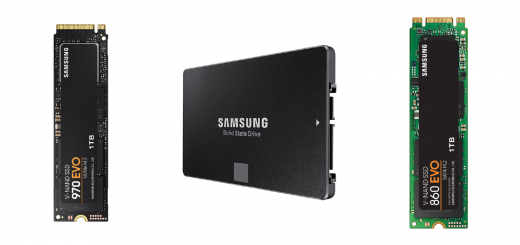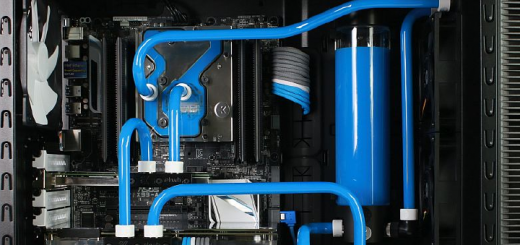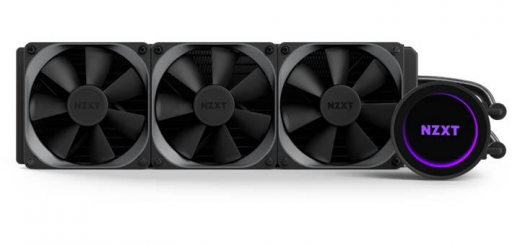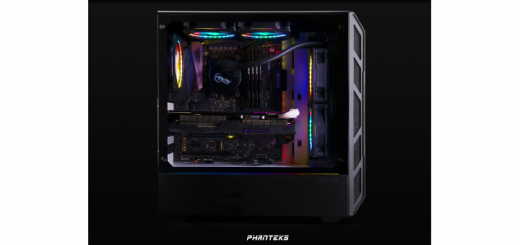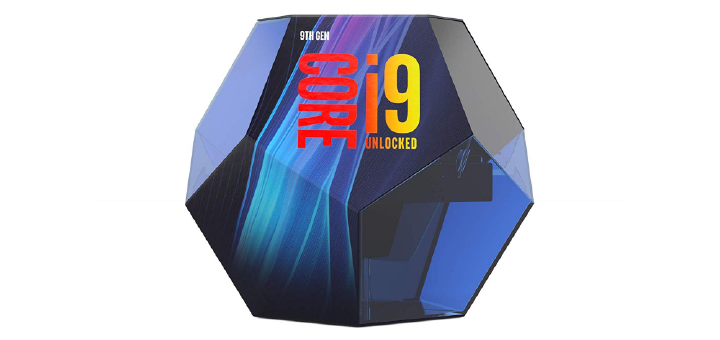
Following several rumors in the past few weeks, Intel has officially launched its 9th Gen Desktop processors. Intel lifted the curtain off its latest desktop offerings at the Fall Desktop Launch Event organized at New York City yesterday (8th October 2018).
Consumer processors introduced at the event include the Core i9-9900K (eight cores/sixteen threads), Core i7-9700K (eight cores/eight threads), and Core i5-9600k (six cores/six threads). Intel also launched its Xtreme series product lineup aimed at enthusiasts.
The announcement will give Intel a necessary boost considering that the success of AMD Ryzen 2 has been keeping the blue team on its toes over the last few months.
The 9th Generation Launch – A Refresh of a Refresh
The 9th Generation processors are based on Intel’s Coffee Lake platform. The microarchitecture of the processors is the same albeit with a slightly varying stack layout. They are a refresh of Intel’s 8th Gen processors which were, in turn, a refresh of Kaby Lake. Intel has fabricated the processors on its refined 14nm++ process node.
If you are looking to upgrade your current Coffee Lake or Z370 platform processor, then there is good news for you. The new processors are based on the same socket and compatible with existing 300 series chipsets.
A BIOS update may be required for the same. Another thing to consider is the power consumption of the new processors. There are no official power consumption numbers available at the time of writing this article. Therefore, existing buyers upgrading should ensure that their motherboard can supply adequate power for the new CPUs before upgrading to them.
However, Intel has also launched a new Z390 chipset with many manufacturers including Asus, MSI, and Gigabyte announcing new Z390 based motherboards today. The Z390 is an update of the Z370 motherboard and is designed for the new launches. If you are planning to upgrade from and older chipset, then you amy consider one of the Z390 motherboards.
Breaking the 5GHz Barrier
A couple of years ago, breaking the 5GHz frequency barrier on consumer desktops was a coveted crown only held by the serious overclockers who dabbled in liquid nitrogen and dry ice cooling. But the i9-9900K has made 5GHz frequency mainstream. The processor has a base frequency of 3.6 GHz and a turbo boost of up to 5GHz on two cores. It can reach a frequency of 4.7GHz on all cores.
The i7-9700K also features eight core albeit without hyperthreading. It has a base frequency of 3.6GHz and a boost frequency of up to 4.9GHz but on a single core. The i5-9600K is, in essence, an improved version of its 8th Gen counterpart the i7-8600K. It has a base frequency of 3.7GHz and can boost up to 4.6GHz buy also features STIM.
Surprisingly, all three processors have a TDP rating of 95W. It is quite decent especially for the i9-9900K considering that it has two more cores and higher turbo than the six-core i7-8086K which also has a TDP of 95W. The processors support up to dual-channel DDR4-2666 memory configuration. Refer to the table below for more details.
| Processor | Cores/Threads | Frequency | L3 | Ram Support | Integrated Graphics | TDP |
|---|---|---|---|---|---|---|
| Core i9-9900K | 8/16 | 3.6/5.0 | 16MB | DDR4-2666 | UHD Graphics 630 | 95W |
| Core i7-9700K | 8/8 | 3.6/4.9 | 12MB | DDR4-2666 | UHD Graphics 630 | 95W |
| Core i5-9600K | 6/6 | 3.7/4.6 | 9MB | DDR4-2666 | UHD Graphics 630 | 95W |
Solder TIM – Intel Finally Grants Enthusiasts Their Wish
Intel has been facing flak from enthusiasts for the high temperatures some of its premium processors reach under the load. The primary reason stated for the same is Intel’s switch to polymer TIM (Thermal Interface Material) from solder TIM.
TIM or thermal paste are materials used to improve the heat transfer from a processor to its heat sink allowing for better heat dissipation. Solder TIMs are more efficient in transferring heat than polymer TIMs.
Intel used solder TIMs up to its 2nd Gen Sandy Bridge Core processors. (We still own an i7-2600K, one of our first enthusiasts builds, and it clocks like anything. Yeah, the good old days. )
However, the company shifted to polymer TIM with the introduction of its 3rd Gen Ivy Bridge processor lineup. While the shift doesn’t impact regular users as much, it is a pain for enthusiasts and overclockers. They have to de-lid their processors and switch the polyester TIM with liquid metal or a better thermal paste for better heat dissipation.
Not only does embarking on a journey to de-lid your processor voids its warranty, but it also comes with the probability of damaging or shorting it, especially when using liquid metal. When a customer is paying a premium for flagship products, they don’t want to go through these hassles.
The latest 9th Gen Core Desktop offerings will please the enthusiasts. All three processors feature STIM for improved heat dissipation. There is no need to go through the hassles of delidding a processor.
HyperThreading – A premium feature nowadays?
One of the key points to note is that Intel has been limiting HyperThreading support to its top-of-the-line desktop offerings only. The trend started with Intel’s 8th Gen core processors when only the Core i7 desktop processors featured HyperThreading. On the contrary, Intel’s 7th Gen Core i3 lineup also had hyperthreaded desktop processors. (The 8th Gen Core i5 mobile processors did include HyperThreading.)
Out of the three announced products, only the i9-9900K supports HyperThreading. While the 8th Gen i7-8700, i7-8700K, and the limited edition i7-8086K all had six cores and twelve threads, the i7-9700K has eight cores but only eight threads. The i5-9600K is also without hyperthreading.
The lack of hyperthreading can be to prevent lower costing processors from competing with a higher priced one. A four-core processor with hyperthreading may come close to the performance of a six-core six-thread one. Therefore, Intel may have chosen to disable hyperthreading to create clear boundaries between its different offerings when it comes to performance.
Will the bump in core count compensate adequately for the drop in the number of threads? It can only be confirmed once independent reviews are in after the embargo is lifted.
The i9-9900K also comes in an attractive dodecahedron packaging which is a first for the company. It is not a limited edition offering and will be available to all consumers.
Intel’s 9th Gen CPUs are available for pre-order and will hit the shelves internationally on 19th October. We will post another article on our website reviews section as soon as the processors are available for pre-order on e-commerce websites in India.
